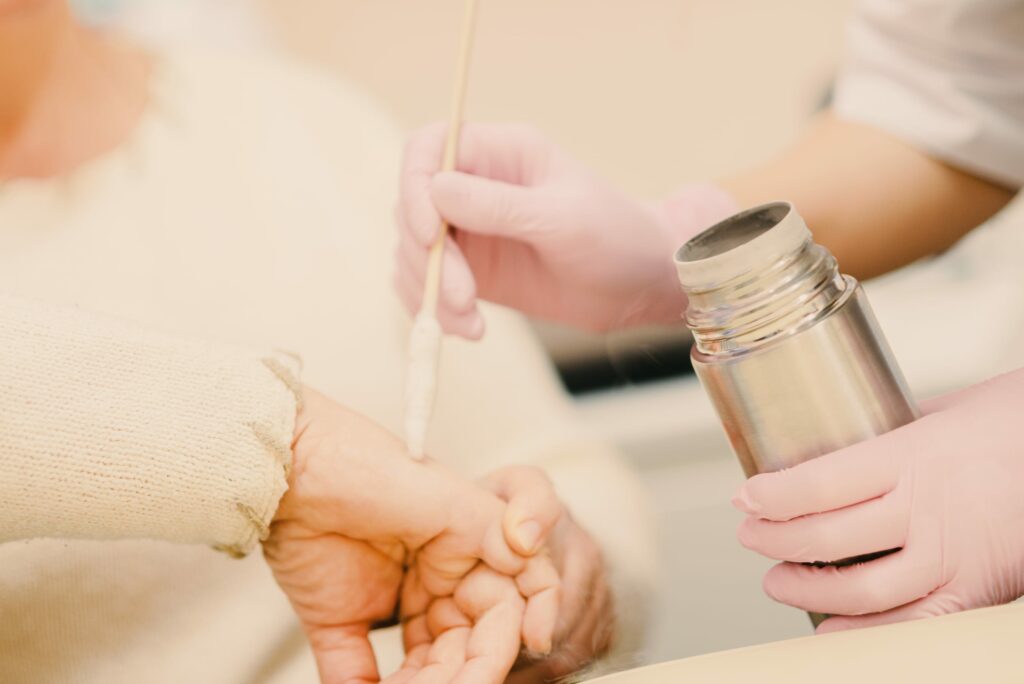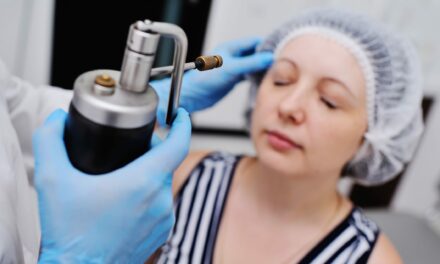Recent studies highlight the effectiveness of cryotherapy in reducing actinic keratosis lesions, offering a promising treatment option for preventing skin cancer progression.
Actinic keratosis is a common skin condition characterized by rough, scaly patches on sun-exposed areas of the skin. These lesions are considered premalignant and can potentially progress to squamous cell carcinoma if left untreated. Cryotherapy has emerged as a treatment modality for actinic keratosis, leveraging extreme cold to target and destroy abnormal cells.
This article explores the efficacy of cryotherapy in treating actinic keratosis, supported by recent studies and clinical evidence.
Mechanism of Action

Cryotherapy involves the application of liquid nitrogen to the skin lesions, freezing the affected tissue. The rapid freezing and subsequent thawing cause cellular damage and necrosis, leading to the destruction of the abnormal keratinocytes responsible for actinic keratosis. This process triggers an immune response that aids in the clearance of the damaged cells and promotes healing.
Clinical Evidence
Numerous studies have demonstrated the effectiveness of cryotherapy for actinic keratosis. A study by Ianhez et al. treated 92 patients with actinic keratosis using cryotherapy and observed a significant reduction in lesion numbers, with a 57% reduction at 120 days and continued improvement up to 300 days post-treatment (IntechOpen – Open Science Open Minds). Another study by Zouboulis analyzed 26 studies and highlighted a high response rate, with cure rates reaching up to 98.8% under optimal conditions (IntechOpen – Open Science Open Minds).
Further research by Goldberg et al. showed that a single session of cryotherapy resulted in complete recovery for 180 actinic keratosis lesions within six weeks, particularly when the freezing depth reached underlying lesions. The success of cryotherapy depends on several factors, including the clinician’s technique, freezing time, and the lesion’s characteristics (IntechOpen – Open Science Open Minds).
Comparative Analysis

Cryotherapy is often compared to other treatment modalities such as photodynamic therapy (PDT) and topical treatments. While PDT involves the application of a photosensitizing agent followed by light exposure to destroy abnormal cells, topical treatments use creams or gels containing active ingredients like 5-fluorouracil or imiquimod. Each treatment has its advantages and drawbacks.
- Cryotherapy vs. PDT: Cryotherapy is generally faster and less expensive than PDT, making it a preferred option for many clinicians. However, PDT may be more suitable for larger or multiple lesions and offers the advantage of treating the entire affected area uniformly (IntechOpen – Open Science Open Minds) (DermNet NZ).
- Cryotherapy vs. Topical Treatments: Topical treatments require longer treatment durations and strict patient adherence, which can be challenging. Cryotherapy offers immediate results and is typically well-tolerated, though it may cause discomfort and requires skilled application to minimize side effects such as scarring or pigmentation changes (IntechOpen – Open Science Open Minds) (DermNet NZ).
Looking Ahead
Cryotherapy offers rapid and significant lesion reduction with proper application. Its high cure rates, coupled with the ability to perform the treatment quickly and cost-effectively, make it a valuable option in dermatological practice. Continued advancements and research in cryotherapy techniques promise to enhance its efficacy and patient outcomes further, solidifying its role in managing premalignant skin conditions.
References
- “Cryotherapy for Common Premalignant and Malignant Skin Disorders,” IntechOpen (IntechOpen – Open Science Open Minds).
- “Recent Advances in Cryotherapy for Actinic Keratosis,” Dermatology Times (DermNet NZ).
Photo 25938389 © Steve Vanhorn | Dreamstime.com




